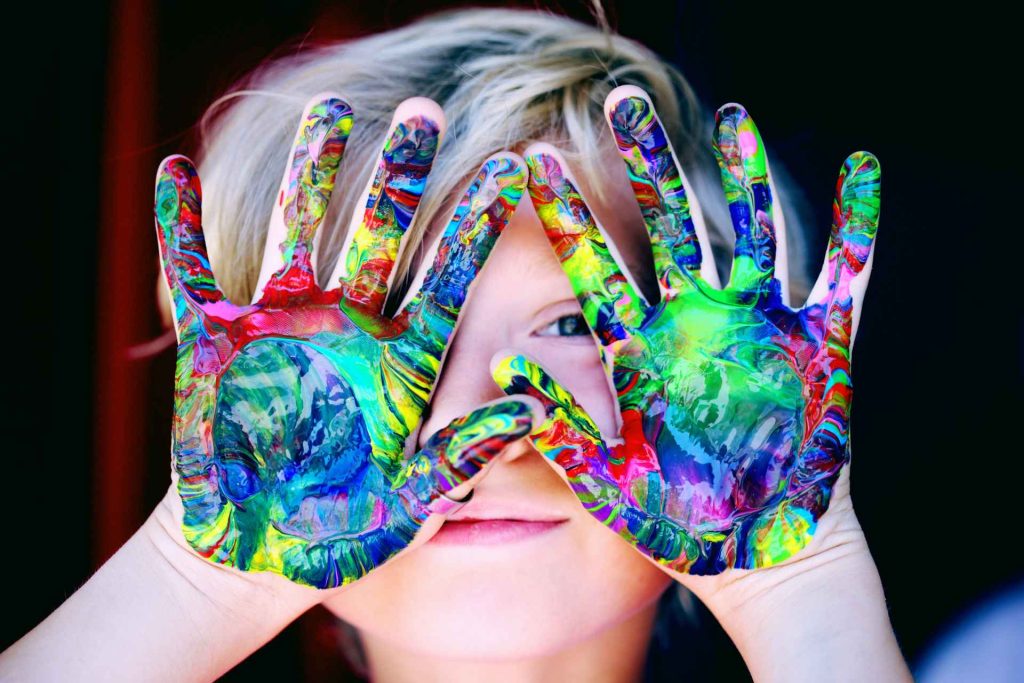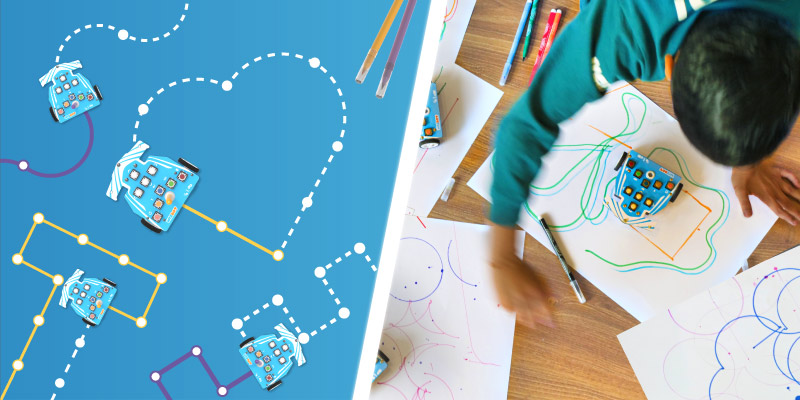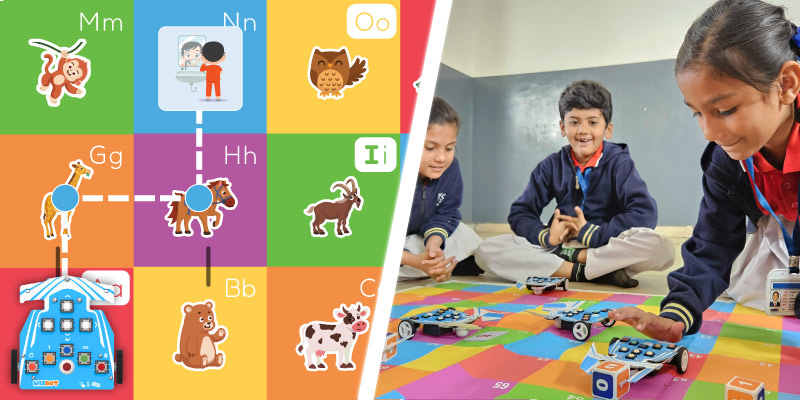The first few years of a child’s life are crucial in determining their future and to a large extent chart the course of their life. When a child joins pre-school, two of the biggest influences in its life are its parents and educators. And then come the peers. Out of all the three, it is mainly an educator’s responsibility to come up with kindergarten activities interesting enough for the kids to pursue even after school hours. The parents’ roles come when the children have to try out the kindergarten science projects at their homes. Providing an open environment is as important in the house as it is in the teaching institute. Unlike the education system that has been prevailing for decades, the upcoming education system aims at developing children’s logical reasoning as well as cognitive abilities.
This is where STEM steps in. STEM proposes that we try to inculcate practical skills in the children from the very beginning than to wait until they are grown enough to have presumed thinking blocks.
Why are Kindergarten Science Projects Important?
Children enter school at the age of 3-4. This is when their brains are developing at a rapid pace. The importance of putting efforts into kindergarten activities during these early stages of academics surpasses the common expectation. Children have to be taught how to be original and imaginative in order to grow and move forward in the world. This is the reason STEM education needs to be incorporated into the pre-k curriculum and in turn into the kindergarten science projects. In today’s time, it is crucial that the seeds of creativity and innovation be sown at this prime stage of learning so that the child grows up not only to be a rational adult but also speeds the development of ideas. STEM is a way for students to be able to put these ideas forward, while kindergarten science projects provide the perfect platform to make the ideas a reality.
Related: Importance of Play-Based Learning in Child Development
Top Three Kindergarten Science Fair Project Ideas
In this article, we talk about three very interesting kindergarten science fair project ideas children that you can also use for kindergarten science fair projects.
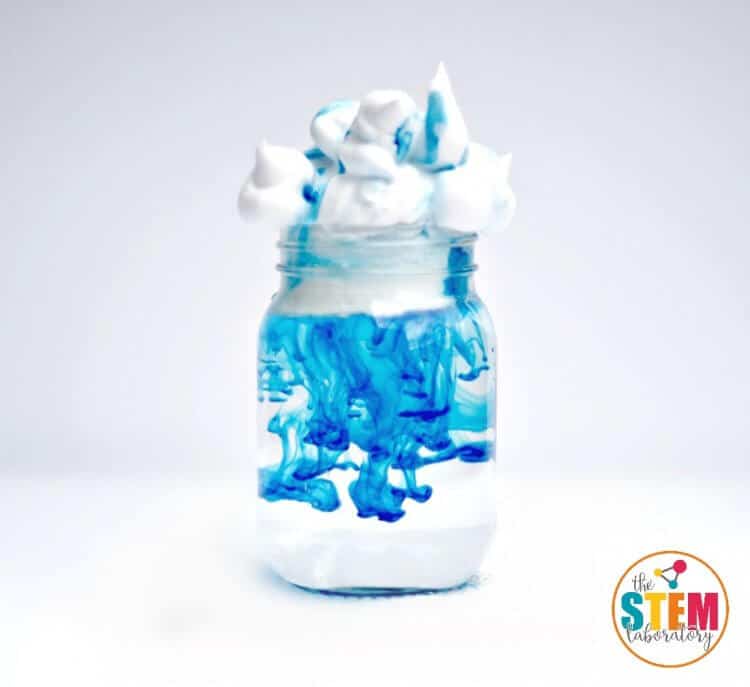
With this kindergarten science fair project idea, you can make blue rain clouds in any jar of your choice and flaunt the magic to your child’s peers!
Materials Required
- Food colouring
- Water
- A clear jar
- Shaving cream
- Plastic pipettes
Method
- First, mix a few drops of food coloring into some water and set it aside.
- This is our “rain”.Next, fill the glass jar about 3/4 of the way full of cool water.
- Then, make a fluffy “cloud” on top of the water using shaving cream.
- Now, ask the child to suck up some of the colored water into her pipette and then gently squirt it on top of our shaving cream cloud.
- Upon repeated squirting, the cloud becomes heavier.
- Now, wait. After a few minutes, the first drop of rain can be observed.
Science Behind it
Clouds are formed when water vapor rises into the air and condenses onto tiny particles of dust. When billions of these droplets come together, a visible cloud form. Over time, the droplets and crystals that make up a cloud can attract more water to themselves. When water droplets grow heavy enough, gravity pulls them down like raindrops.
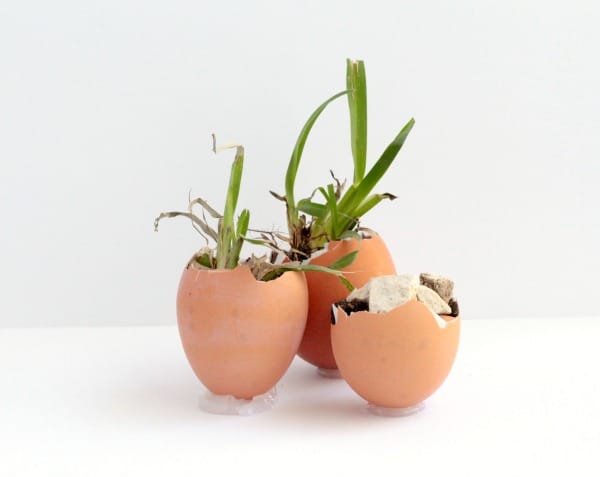
This kindergarten science fair project idea can be categorized as a little dirty ;). With the help of a handful of dirt and a magnifying glass, your child can showcase one of the best kindergarten activities in its class!
Materials Required
- Eggshells
- Grass seeds (or other seeds of small plants)
- Soil (potting soil or you can use dirt from your yard)
- Hot glue gun and glue sticks
- Wax paper
- Magnifying glass
Method
- The first step is to remove the egg from the shell. Then, rinse and dry the eggshells.
- Stick the eggshell into a glob of glue before it is dry.
- Put dirt inside the eggs and sprinkle with seeds. Dampen the seeds and place in a sunny spot (or in different spots if you are comparing growing conditions).
- Wait for seeds to sprout. You should start to see sprouts within a week.
- After a few weeks, your spouts will be growing nicely. Examine them with a magnifying glass. Look at the sprouts and the roots and compare textures and discuss why plants have these parts and what they use them for.
Science Behind it
The seed generation depends on a variety of internal and external factors. They may grow differently if certain factors vary such as sunlight, moisture, soil contents, etc. It helps the kids to understand how natural conditions affect a plant’s development and the concept of optimum conditions.
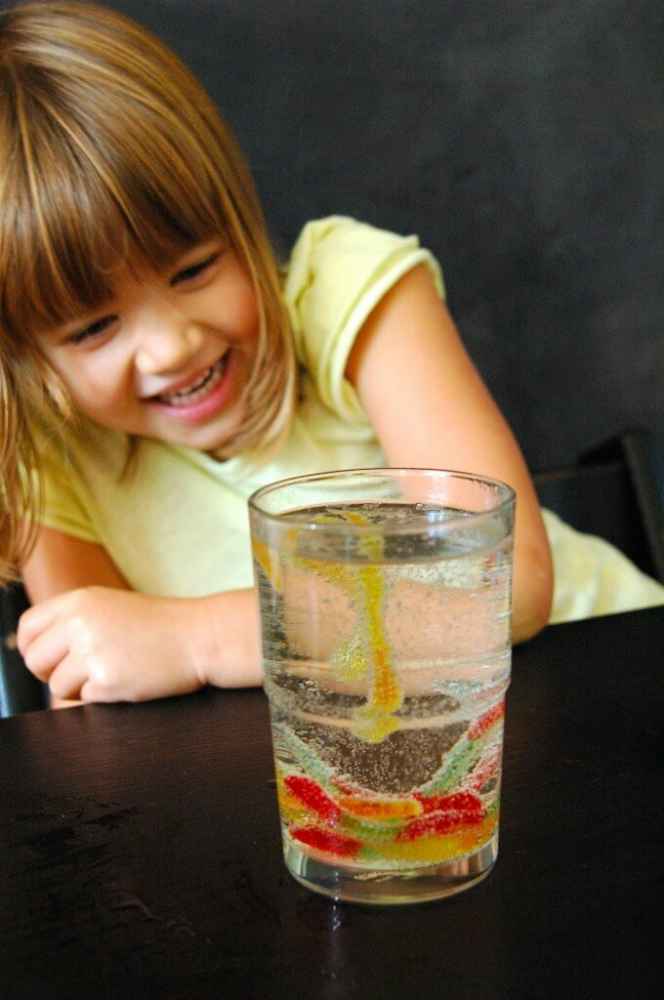
Who doesn’t like a little wiggle? With this amazing kindergarten science project idea, your child can flaunt chemistry in a way that everyone will understand!
Materials Required
- Gummy Worms
- Baking Soda
- Vinegar
- Cutting Board
- Sharp Knife
- 2 Clear Cups
Method
- Cut the Gummy bears in quarters.
- Measure out 3 tablespoons of baking soda and stir them into a glass filled with 1 cup of warm water.
- Wait for 15 minutes for the worms to soak in the baking soda mixture. Meanwhile, fill the second clear glass with vinegar.
- After 15 minutes are over, fish the gummy bears out with a fork and place them carefully in the vinegar.
- After a few second the worms will be covered in enough bubbles that they will start rising from the bottom, writhing their way to the surface.
Science Behind it
When you add the worms soaked in baking soda, the acetic acid in the vinegar reacts with the bicarbonate in the baking soda. When an acid and base react carbon dioxide gas bubbles form. These gas bubbles form on the gummy worm and as the gas bubbles rise to the surface, they pull the gummy worm up with them, making them wriggle and dance. As the gas bubbles burst, the worm falls back down until enough bubbles form to pull it back up. The bubbles will continue to form until all the baking soda on the worm is used up and the worm will stop wiggling.
We hope that kids will enjoy these simple and fun-filled kindergarten activities designed to boost their creativity and knowledge.
Related: STEM Classroom Activities & Science Project Ideas to Make Your Curriculum Engaging
In a Nutshell
It is important that a kid develops an aptitude for practical knowledge as the later education system tends to lean towards theoretical knowledge and it is only an inherent desire to learn which enables a kid to apply her knowledge into practice. The main driving force behind conducting these kindergarten activities is to instill in children the curiosity and passion imperative for science, technology, engineering, and medicine.

